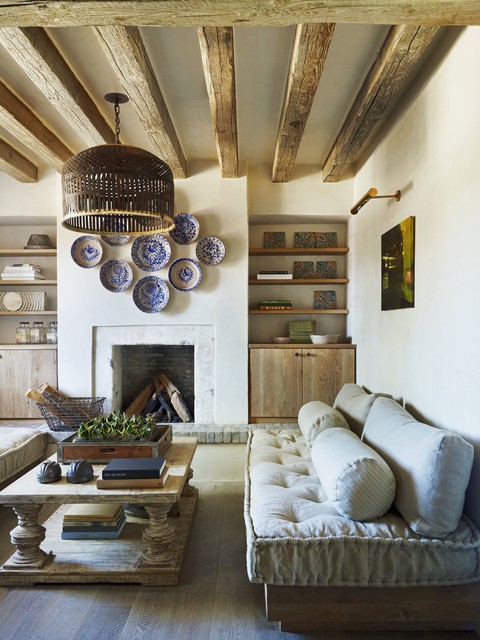Adding layers of texture and colour is a a great way to add interest in a space. Accent or throw pillows is the easiest and most affordable way to give your room and instant makeover. The choice and selection can be overwhelming that so many times we end up going to the shops and walk out with nothing (or the wrong one!).
How to choose throw pillows?
Size, shape, colors, patterns, the number of pillows and the overall style you are aiming for are the basic considerations you need to decide on before you go.
Size
The size of throw pillows should primarily be determined by the size of your sofa or chair. The average size, which is between 16-18″ square. Oversize pillows (24”) create a comfy, loungey feel, but they should be reserved for really large furniture. If your sofa is compact or you need a pillow for a delicate side chair, go for smaller ones.
Choose the correct size for your seating or you will have to move them or take them off every time you want to sit comfortably.
Filling
The typical fillings for pillows are feather, foam, or a synthetic mix. Think how you’re going to use the pillows. Are they going to be used often or use them as bed decoration only? If you use them often, selecting a higher grade of pillow will withstand more frequent use. If you choose a cheaper polyester fill it will quickly look lumpy, flat and shapeless. Leave the polyester for the decorative ones.
In the shops, fluff them several times to make sure they don’t lose feathers and resume their original shapes easily.
Number of pillows
Odd or Even? Most often an odd numbers usually work the best. But there is nothing wrong with even numbers if that is what is needed for your decor aspirations. Just vary the pattern and size for interest.
Shape
There are 4 basic types of pillow shapes to consider – bolsters, squares, rectangles and rounds. Squares support your whole body and are the most versatile. Rectangles will support the lower back to provide better lumbar support.
Also, consider the aesthetics of you furniture. Sofas with sharp lines can be softened up a bit with round pillows, and the other way round, large squares will give a balanced look to a squishy, puffy couch. A combination of squares, rectangles and a bolster can be a great solution.
Patterns and colors
- If you have two pillows sitting next to each other on an item of furniture, make them different, preferably one solid and the other patterned.
- For a large sofa, choose two solid pillows for the ends that contrast with the color of the sofa and pair each of them with a patterned pillow that pulls in the color of the furniture (or use one patterned pillows in the middle).
- Do not be afraid to mix patterns. Just make sure most of them have at least one color in common (beside neutrals).
- When you’re mixing different pillows, vary the scale of the patterns so that each can stand out on its own. If one pillow has a small intricate floral print, make sure the other has a large pattern or none at all.
- If you’re buying pillows for both sofa and armchairs, consider them as a group. The pillow on a chair doesn’t have to match the pillows on the sofa, but if you care for a harmonious, polished look, try to look for features (palette, patterns, style) that could tie the pillows together.
In Summary:
- Consider size. Standard squares (about 18 inches) nest neatly on sofas with typical dimensions. Oversize pillows (24 inches) create a more casual, loungey feel. If you have a modern sofa with a very low back, consider 16 inches.
- Know about fill. A feather-and-down fill has more squish, and it’s also the priciest. Foam and other synthetic fills are stiffer. They hold their shape but look less lush.
- Use an odd number of pillows. In design, odd numbers tend to be more pleasing to the eye. Try one, three, or five, depending on the size of your furniture and the look you want (one for a chair, three or five for a standard 88-inch sofa).
- Create a mixed “pillowscape.” An easy combo: a matched pair of square solids that contrast with the color of your sofa, one oblong pillow for the center of the couch, and two interesting outliers—patterned, embellished, or oddly shaped—that reference either the color of your upholstery or the color of your solid pillows.
- Don’t forget about texture. Tactile contrast—nubby linen against smooth leather or silk upholstery, or shiny pillows on a fuzzy couch—add warmth and offer traction, so pillows don’t slide off seats.
- Address the whole room. Think of a living room’s pillows as a family. The pillow on a chair doesn’t have to match the group on the sofa, but if it relates in some way—palette, style—the space feels unified and polished.
























































